Strawberries are one of the first fruits to ripen in the summer. Homegrown strawberries fresh from your garden are so tasty and are much better than the ones found in the grocery store. These sweet, little fruits are easy to grow and can be an excellent addition to your garden.
Strawberry Lifecycle
Strawberry plants are perennials which means they grow and bloom over the spring and summer, die back in the winter, and return again the following spring when the soil warms up. Strawberry plants typically begin their life cycle by producing fruit. The time of year this occurs depends on your agricultural zone (check out the USDA Hardiness Map to find your zone). In the southern zones strawberries will be ready to pick in February. Further north, strawberries aren’t ready until June.
After producing fruit the plants begin producing runners. Runners are stems with baby plants on the tips that grow from the plant at the soil level. The runners (called daughter plants) root themselves near the mother plant and stay attached to the mother plant. After producing fruit and offspring the plants take a break. Be sure to keep the plants well-watered and weeded during this inactive period. In the fall they produce latent buds which turn into flowers the following spring.
Types of Plants
There are three types of strawberry plants; June Bearing, Everbearing, and Day-neutral. June-bearing plants produce all their fruit over a three-week period at the beginning of summer. The exact time depends on your zone; warmer zones will produce as early as February. Everbearing plants produce a big crop early in the summer, a lighter crop throughout the summer, and finally a second large crop later in the summer or fall. Day-neutral plants produce flowers and fruit while temperatures are moderate and stop producing when the weather gets hot.
Where to Plant
When deciding where to plant strawberries look for a sunny spot in your yard. Strawberry plants need six to eight hours of sun per day. To prevent root disease avoid areas that have grown tomatoes, peppers, potatoes, or strawberries in the past two years. Strawberry plants do well in containers, dedicated beds, raised beds, or as borders. They can be planted almost anywhere.
Strawberries prefer soil that is slightly acidic (pH of 5.5-6.8). If you are unsure of your soil’s pH your local county extension’s office is a good place to start. They can often direct you to a lab that can test your soil. If your soil is naturally alkaline (pH over 7) plant the strawberries in containers or a raised bed filled with potting soil.
If your soil has a lot of clay be sure to amend the soil with compost to break up the clay. This allows for better drainage. Add four inches of fully composted leaves, sawdust, bagged manure, or other bulky organic material then mix into the soil. To allow further drainage plant in mounds. If your soil is sandy be sure to enrich the soil by adding one inch of compost then mixing.
How and When to Plant
Strawberry plants should be planted in the spring in zones 6 and north; this ensures that the plants will be well established, or rooted, by the following winter. Zones 7 and south may plant in the fall. The exact time will depend on your location in the country. Typically it is best if they are planted six weeks before the last frost. Plants may be purchased at your local garden center or a mail-order nursery.
June-bearing plants should be planted eighteen to twenty-four inches apart in rows that are four inches apart. Runners from the plants will produce rows that end up being two feet wide. The plants will produce more fruit if runners are clipped and only three daughter plants are allowed to grow per plant per summer. During the first year after planting remove any blossoms that form. Flower production limits the plants’ growth and you want the first year to be devoted to establishing the root system of the plant so they’ll survive the winter and produce a bigger crop next year.
Everbearing and Day-neutral plants should be planted twelve inches apart in rows that are one foot apart. Plant two or three rows per bed and space the beds two feet apart. Runners should be removed from these plants to allow larger fruit production. The first year after planting remove blossoms during the first part of the summer. After this you may allow fruit to grow.
Make sure the roots are covered in soil, but be sure to keep the crown clear. The crown is the central growing bud where leaves and flowers start growing. If the crown is covered the plant could rot. After planting you may apply mulch to prevent weeds, help the plant to retain moisture, and keep the fruit clean. Strawberries grow close to the ground and mulch will keep them out of the dirt. Fertilizer is optional and should be applied before the plants begin blooming in the spring. Read the label on your fertilizer for full instructions.
Pests and Troubleshooting
Slugs
Strawberries are relatively easy to grow, but they do have a few pests. Slugs love strawberries. They chew holes through the strawberries as they start to ripen. If slugs are a problem in your area the best way to prevent slugs is to use a plastic mulch rather than an organic one.
Birds
The biggest and probably most common pest you may find will be birds. Birds love to eat the fruit of strawberry plants. After all your hard work you don’t want to give the fruits of your labor to the birds. The best way to prevent them from snacking is to cover the plants with light-weight plastic mesh or netting with holes that are a quarter of an inch big.
Red or Yellow Leaves
Occasionally you may notice problems with the leaves. Red or yellow leaves indicate the leaves are dying. If the leaves are discolored, but the plant otherwise looks ok the discoloration is due to old leaves. If the plant is wilting and otherwise does not look well this could be an indication of fungal disease. This can occur when the soil is not well-draining or in hot and humid conditions. Remove the infected leaves and dispose of them. If the plants do not recover plant resistant varieties in the future or choose a new location with better drainage or use containers.
Small or Deformed Berries
Other problems you may find are small berries. This could be simply that your plants are not receiving enough water. This is especially a problem during heat and drought. Be sure to keep your plants well-watered. Deformed berries may sometimes occur during cooler or rainy spells. This is a result of low-pollination as bees and other pollinators are not as active in the cold and rain.
When to Harvest
Fruit may be harvested when it is red from top to tip. Don’t leave the berries on the vine for too much longer or they will rot. Pick the fruit in the morning when berries are cool in damp. They should be stored in the fridge and should not be washed until you are ready to eat. Damp berries, even when stored in the fridge, will spoil. Extra berries can be frozen, dried, or canned.



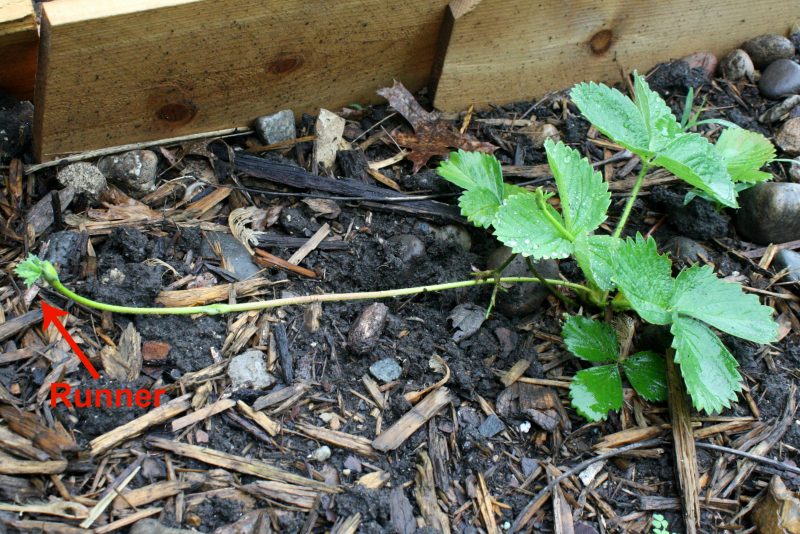
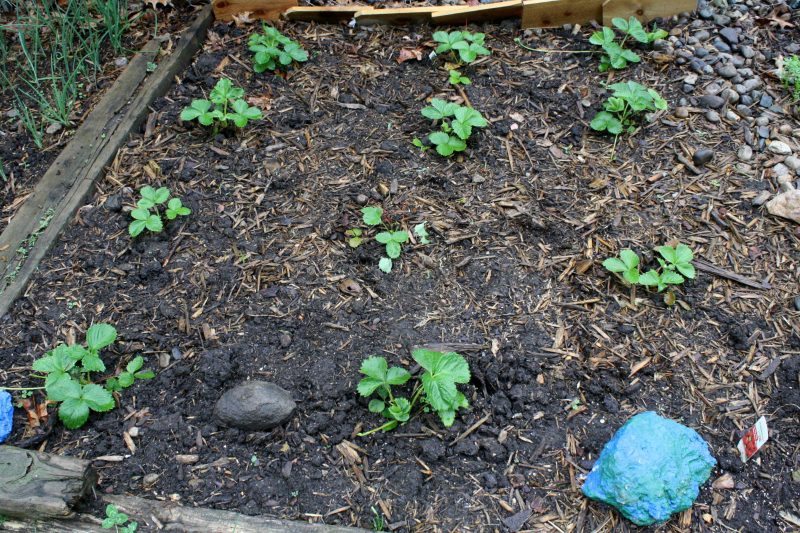
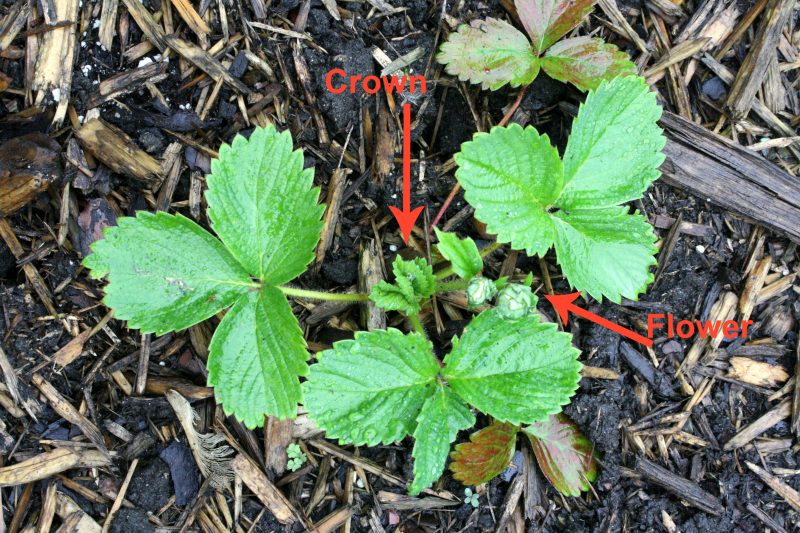

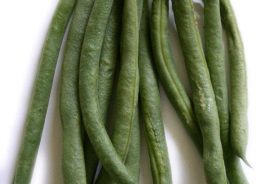
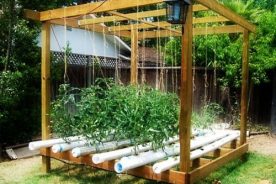

No Comments